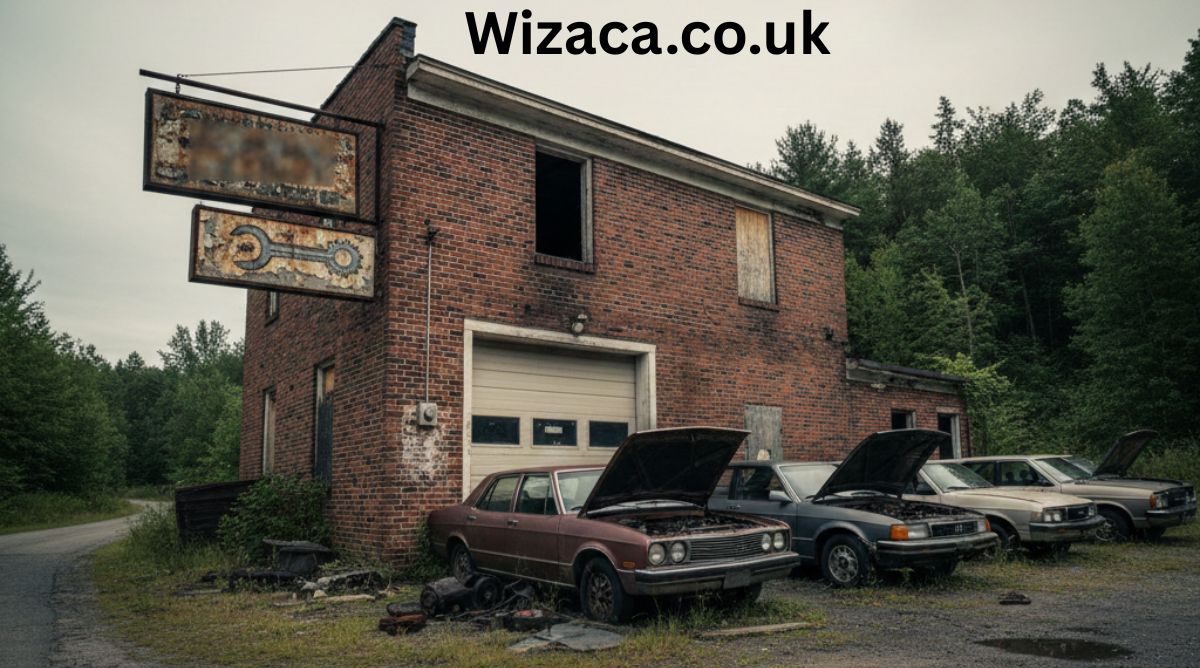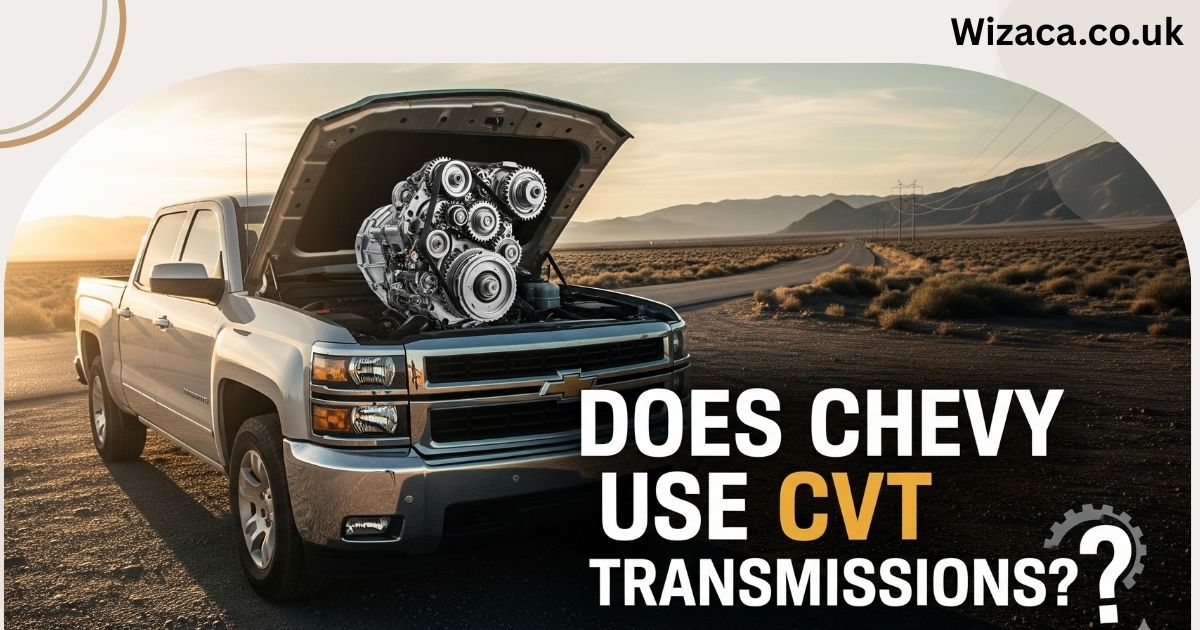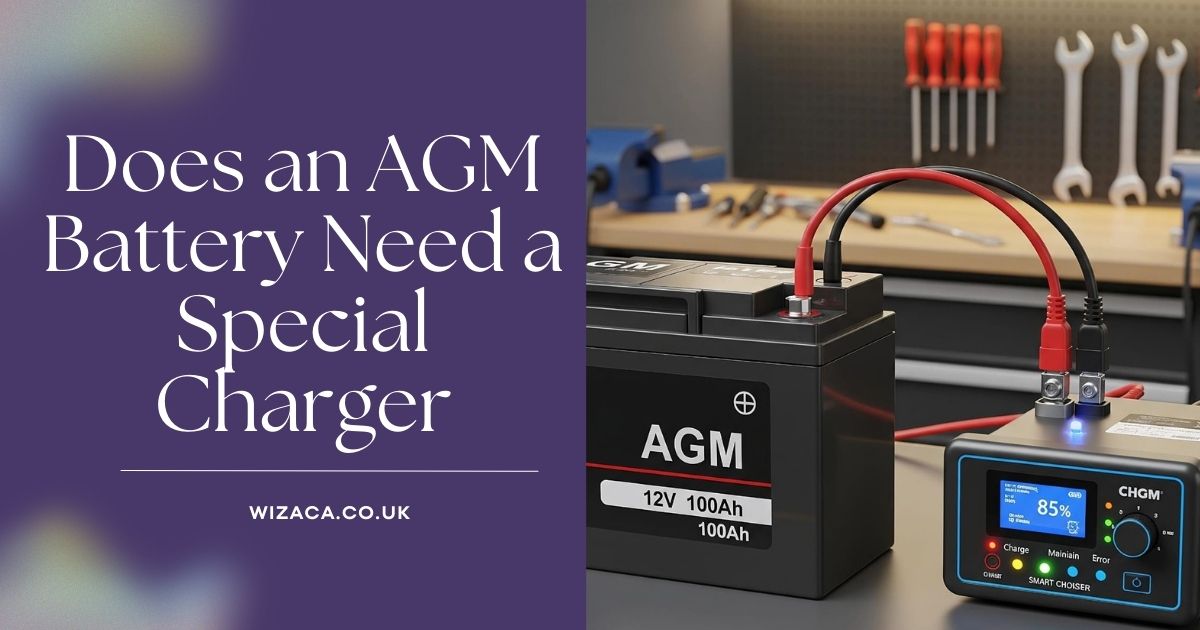Do 1999 Cars Require Emissions Testing?
Whether a 1999 car needs emissions testing depends on your location and the specific regulations in your state or country. In many regions, older vehicles—especially those made in or after 1996—are required to undergo emissions testing as part of the registration or inspection process.
Why 1999 Cars Often Require Emissions Testing
Most cars manufactured after 1996 are equipped with On-Board Diagnostics II (OBD-II) systems. These systems make it easier to monitor a vehicle’s emissions output and identify problems that could lead to excessive pollution. Since a 1999 car has an OBD-II system, many inspection programs still require it to be tested to ensure it meets environmental standards.
Emissions Rules by Location
United States
In the U.S., emissions testing rules vary by state:
- California (CA): Smog checks are typically required for vehicles 1976 and newer, including 1999 models.
- Texas: Vehicles two to 24 years old must pass an annual emissions test in certain counties. A 1999 car may still fall under testing depending on the current year and the area.
- Illinois: Most vehicles from 1996 and newer require testing in designated counties.
Check your state’s Department of Motor Vehicles (DMV) or local smog inspection rules to confirm.
Other Countries
- United Kingdom: Cars older than three years need an MOT test, which includes emissions checks.
- Canada: Provinces like Ontario used to require emissions testing, but some programs have ended. Still, older cars may face stricter regulations in certain areas.
Exemptions for 1999 Cars
Some regions offer exemptions based on:
- Age: Vehicles considered “classic” or “antique” may be exempt, typically at 25 years or older.
- Mileage/Usage: Cars that are rarely driven or have limited-use registrations may avoid emissions testing.
In most places, a 1999 car isn’t old enough to be automatically exempt yet, unless it’s part of a special vehicle category.
What Happens During an Emissions Test?
For cars like a 1999 model, an emissions test often includes:
- OBD-II Scan: Checks the car’s computer system for emission-related trouble codes.
- Tailpipe Test: Measures pollutants released from the exhaust, sometimes under various driving conditions.
- Visual Inspection: Ensures emission control components, like the catalytic converter, are in place and functional.
How to Prepare a 1999 Car for Emissions Testing
- Check the “Check Engine” Light: If it’s on, fix the issue before testing.
- Perform Regular Maintenance: Replace air filters, spark plugs, and ensure the fuel system is clean.
- Warm Up the Engine: Running the car for 15-20 minutes before the test can help it perform better.
- Use Fresh Fuel: Old fuel can lead to poor emissions performance.
Frequently Asked Questions (FAQs)
Do All 1999 Cars Have to Pass Emissions?
Not always. It depends on where you live. Some places have phased out testing for older cars, while others strictly enforce it.
Is a 1999 Car Considered a Classic?
A car becomes a classic by age (usually 20-25 years), but official classic status varies by region. Some areas may offer emissions exemptions for classics.
How Much Does an Emissions Test Cost?
The price ranges from $15 to $75, depending on the testing location and services performed.
What If My 1999 Car Fails Emissions?
You may need to repair the vehicle to meet emission standards before it can pass. Some areas offer financial assistance for required repairs.
Summary
A 1999 car often does need emissions testing, especially in areas with strict environmental regulations. While some older vehicles can eventually become exempt, a 1999 model is typically still within the range where testing is mandatory. Always check your local laws to be sure. Regular maintenance and repairs can help ensure your vehicle passes the test smoothly.
Also Check:
• Does a 1998 Suburban Have to Have Alignment Done?
• Does a 1995 Chevrolet P30 Come With a Diesel?
• Does 4×4 Mean 4 Wheel Drive?
• Does the 2009 Nissan Quest Have a CVT Transmission?
• Does the 2018 Honda Accord Touring 2.0T Require Premium Gasoline?











One thought on “Does a 1999 Car Need Emissions Testing?”